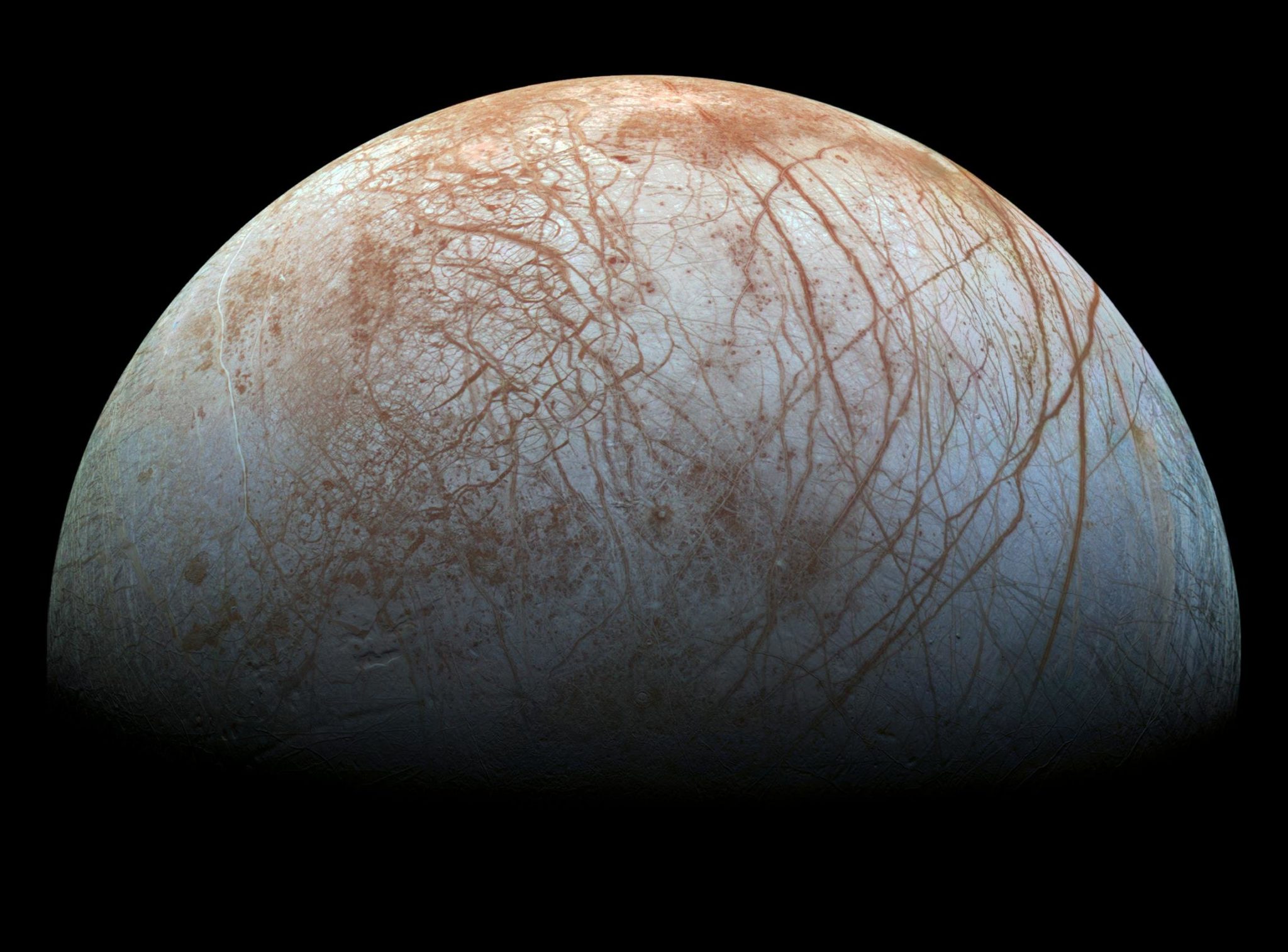Giant Spikes of Ice Could Make it Hard to Land on Jupiter’s Moon Europa

NASA is in the process of creating a robotic lander that could search for potential life on Jupiter’s frozen moon, Europa, in the mid-2020s. Since there is a huge ocean below the surface of the moon, there are chances that life could be discovered here. However, in the opinion of Daniel Hobley, who is a researcher at the Cardiff University, as well as the lead author of a new study, and of his colleagues, sending a space vehicle to investigate the giant planet’s moon could be complicated, as there seem to be some huge 50 feet tall “ice spikes” on its surface.
Sending a lander on Europa could prove to be tricky
A new study that talks about this discovery was published on Monday in the peer-reviewed British Journal Nature Geoscience. According to this new report, the spikes that were uncovered by the scientists might pose a great danger to any missions that will involve landing on this moon, which might take place in the near future. It also looks like the spikes might be similar to “penitentes” here on Earth, just like the ones that can be found in the higher elevations of South America, in the peaks of the Andes Mountains. Therefore, even though the scientists did not see any spikes on Jupiter’s moon, they did notice something similar, as the new study indicates.
What should we expect for the future
Some evidence of penitentes was also observed on Pluto, which means that this type of jagged terrains could, in fact, be common on icy worlds, such as Europa. On this moon, these spikes might be almost 20 feet apart from each other, thus creating a big problem for any future landing crafts. For now, we’ll just need to wait to see what happens next.
0 comments